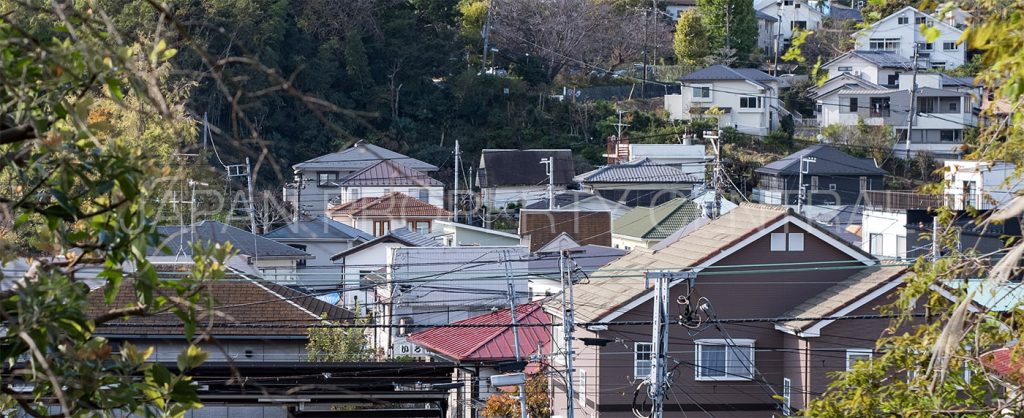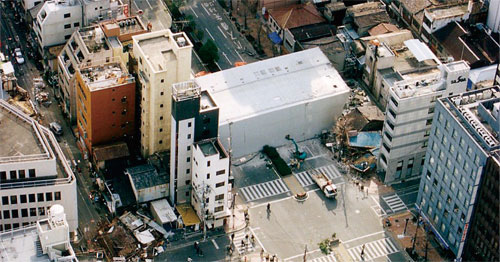MLIT considers increasing house height limits

The Ministry of Land, Infrastructure, Transport and Tourism (MLIT) is considering extending the height limit of a wooden house in a revision to the Building Standards Act next year.
The latest revision to earthquake-retrofitting laws and what it means for old apartments

The revision to the law to promote earthquake-resistant repairs to buildings went into effect on November 25. This revision obligates the owners of large-scale buildings such as hotels and other institutions to undertake earthquake-resistant building inspections, of which the results will be made public. It also applies to buildings alongside designated major roads. In the event of a major earthquake, there is a risk that older, unsafe buildings could topple onto roads and block access for emergency service vehicles.
So what does this mean for apartments in ageing buildings?Read more
4-storey homes growing in popularity

Demand is finally starting to grow for 4-storey wooden-frame homes as future revisions to the inheritance tax laws in Japan leave the older generation searching for better ways to pass their wealth onto their children.
From January 1 2015, the basic deduction on inheritance tax for one heir will be reduced from 60 million Yen to 36 million Yen. This will increase the number of people who will become liable to pay inheritance tax. It is estimated that 1 in 4 people in Tokyo's 23-ku will have to pay the tax at some point.
However, for multi-family homes where several generations live under one roof, up to 80% of the property's taxable value can be reduced. Building a multi-family home can therefore provide some offset for future inheritance taxes.Read more
Building Regulations in Japan
The following is a brief guide to some of the building regulations you will encounter when building a house in Japan.
Yosekiritsu
This is the building volume-to-land ratio and defines the maximum total floorspace allowed on a block of land. The ratio is expressed as a percentage, eg. 200%. In built-up areas in central Tokyo the Yosekiritsu is high, whereas in suburban and rural areas, the Yosekiritsu will be much smaller. The highest ratio in Tokyo is 1300% which applies to commercial land in the Yurakucho / Marunouchi area around Tokyo Station. Even still, there are buildings that exceed this ratio because they have borrowed air rights from neighboring blocks. Read more
